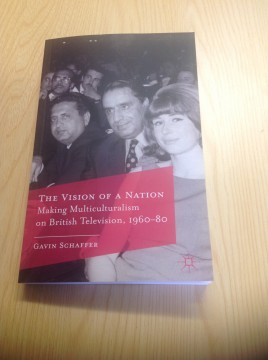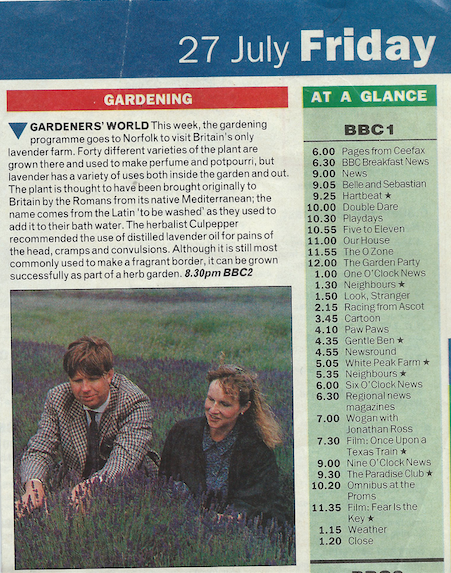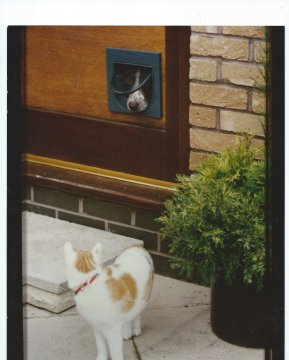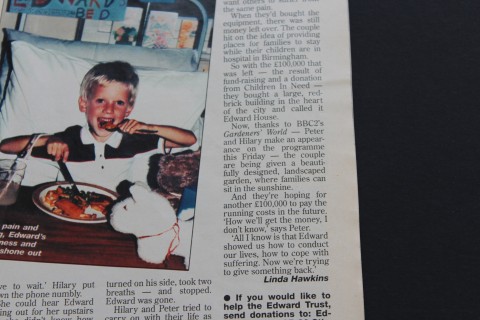 Copyright resides with the original holder, no reproduction without permission.
Copyright resides with the original holder, no reproduction without permission.
This newly published book by Gavin Schaffer, from the University of Birmingham, explores the development of multiculturalism on British television. It includes several mentions of programming from Pebble Mill and BBC Birmingham. Gavin’s research for the book included a detailed interview with Stephanie Silk, who was a PA in the Immigrants Programmes Unit in the late 1960s, as well as interviews with English Regions Drama Department producer, Peter Ansorge (producer of Empire Road , Britain’s first black soap opera, written by Michael Abbensetts).
It is Steph Silk on the front cover, with Saleem Shahed on the left, and Mahendra Kaul in the middle, from the Immigrants Programme Unit. The photo is from summer 1968, at a charity dinner in London, arranged by the Indian High Commission.
http://www.amazon.co.uk/The-Vision-Nation-Gavin-Schaffer/dp/0230292984/ref=sr_1_1?ie=UTF8&qid=1401910435&sr=8-1&keywords=vision+of+a+nation+gavin+schaffer
The following comments were left on the Pebble Mill Facebook Page:
Julian Hitchcock: ‘Many, many memories…. Mahendra (who was also a restaurateur) was rather grand. Saleem gave off an air, not only of pipe tobacco, but of a university vice-chancellor.
Studio B! Ah, the glamour!
I was always proud of Pebble Mill’s role in the policy. There were ups and downs, as well as hours of incomprehensible chat shows, but you felt that it was engaging its audience keenly and in a vital way. Year on year, you felt it responding to social developments as, in the other direction, the rest of BBC programming caught up.
Before that happened, there was a period in which the Unit was thought by all too many as a silo for people whose epidermis was insufficiently French. I recollect being mortified with embarrassment by the “helpful” suggestion of a senior producer to a bright new graduate [of Asian complexion] who was gaining work experience at Pebble Mill and who was interested in getting into production. Fag in hand, she advised the girl to try Asian programmes.
The remark was simultaneously offensive and very good advice. I’m delighted that those days are behind us. That they are is in no small part due to the efforts of the Asian Unit.’
Lynn Cullimore: ‘Yes, remember all that. I worked in what was called The Asian Unit at one time and have to say I never went hungry because there was always a restaurant of a relative somewhere near where we were filming. I worked on Black Christmas too – John Clarke being the producer. There was also a couple of series called “Together” which was about ethnic minorities living in the Midlands. It was interesting and I learnt such a lot.’





